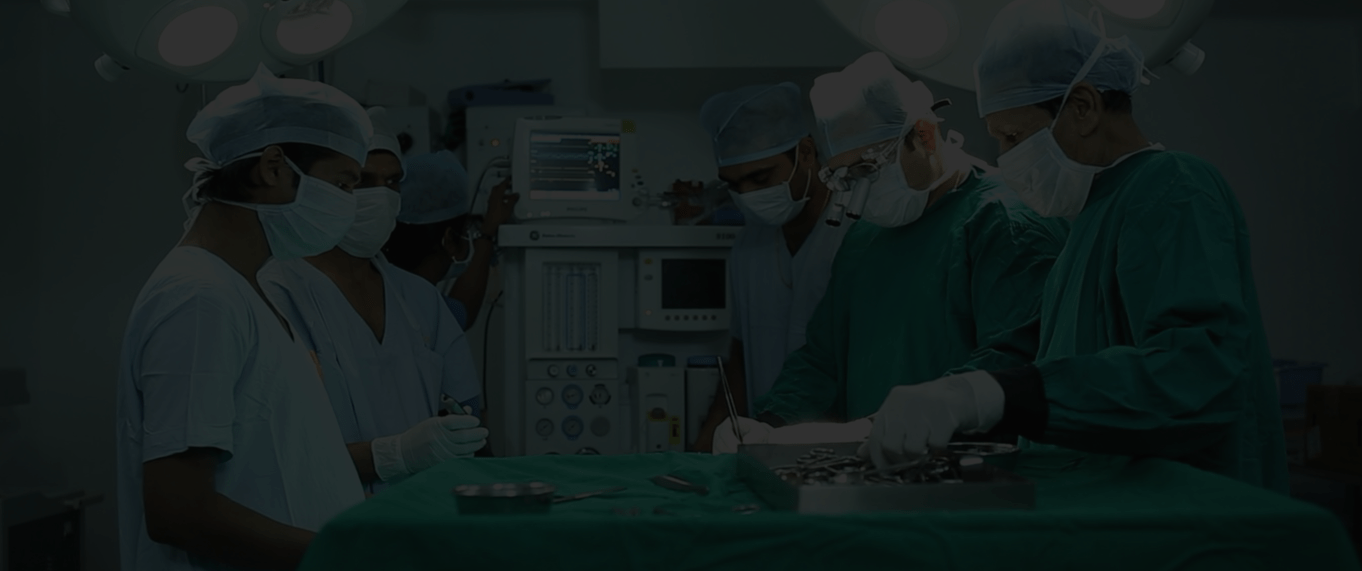
UNVEILING THE SECRETS OF SPIDER VEINS: CAUSES AND SYMPTOMS
Spider veins are one of the commonest cosmetic concerns for many individuals. These unsightly red or purple veins that appear close to the skin’s surface can cause self-consciousness and discomfort. While spider veins may not pose serious health risks, understanding their causes and symptoms is essential in order to pursue appropriate treatment options. In this article, we will delve into the mysteries surrounding spider veins and shed light on the factors that contribute to their development as well as the signs that indicate their presence. By unravelling these secrets, we aim to empower individuals with knowledge so they can make informed decisions about managing and preventing spider veins effectively.
Understanding Spider Veins:
Spider veins are typically found on the legs, face, and other areas of the body. They are dilated blood vessels that have become enlarged due to various factors. Unlike varicose veins, spider veins are smaller and closer to the skin’s surface, making them more visible.
Causes of Spider Veins:
- Hereditary Factors:
A significant factor in the development of spider veins is genetics. If your parents or close relatives have spider veins, you may be more prone to developing them. - Hormonal Changes:
Hormonal fluctuations during puberty, pregnancy, menopause, and the use of hormonal medications can contribute to the formation of spider veins. Estrogen, in particular, is known to weaken vein walls, leading to their dilation. - Prolonged Standing or Sitting:
Occupations that involve long periods of standing or sitting can contribute to the development of spider veins. The lack of movement can hinder proper blood circulation, causing blood to pool in the veins and leading to their enlargement. - Age and Weakening Vein Walls:
As we age, the natural aging process causes the veins to lose elasticity and weaken. This weakening of vein walls can result in the formation of spider veins.
Symptoms of Spider Veins
- Visible Web-Like Veins: The most apparent symptom of spider veins is the appearance of thin, reddish, bluish, or purple veins on the skin’s surface. They often resemble spider webs or tree branches.
- Itching or Burning Sensation:
Some individuals with spider veins may experience mild itching or a burning sensation in the affected area. This discomfort is typically not severe but can cause occasional irritation. - Leg Heaviness or Fatigue:
In cases where spider veins occur on the legs, individuals may experience a sensation of heaviness or fatigue in the affected leg. - Aesthetic Concerns:
While not a physical symptom, the appearance of spider veins can cause self-consciousness or dissatisfaction with one’s appearance, especially if they are visible on the face or other exposed areas.
Bottom line:
Spider veins are one the diseases that affect millions of people all around the globe. Understanding the symptoms and causes of spider veins can help individuals identify and seek appropriate treatment options. Whether it be through lifestyle changes, home remedies, or medical interventions, there are various ways to manage and reduce the appearance of spider veins. If you are experiencing any symptoms or concerns related to spider veins, it is important to consult with a healthcare professional for guidance and support in finding the right treatment plan for you. Don’t let spider veins hinder your confidence and quality of life – take action today!




